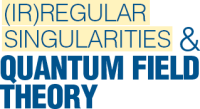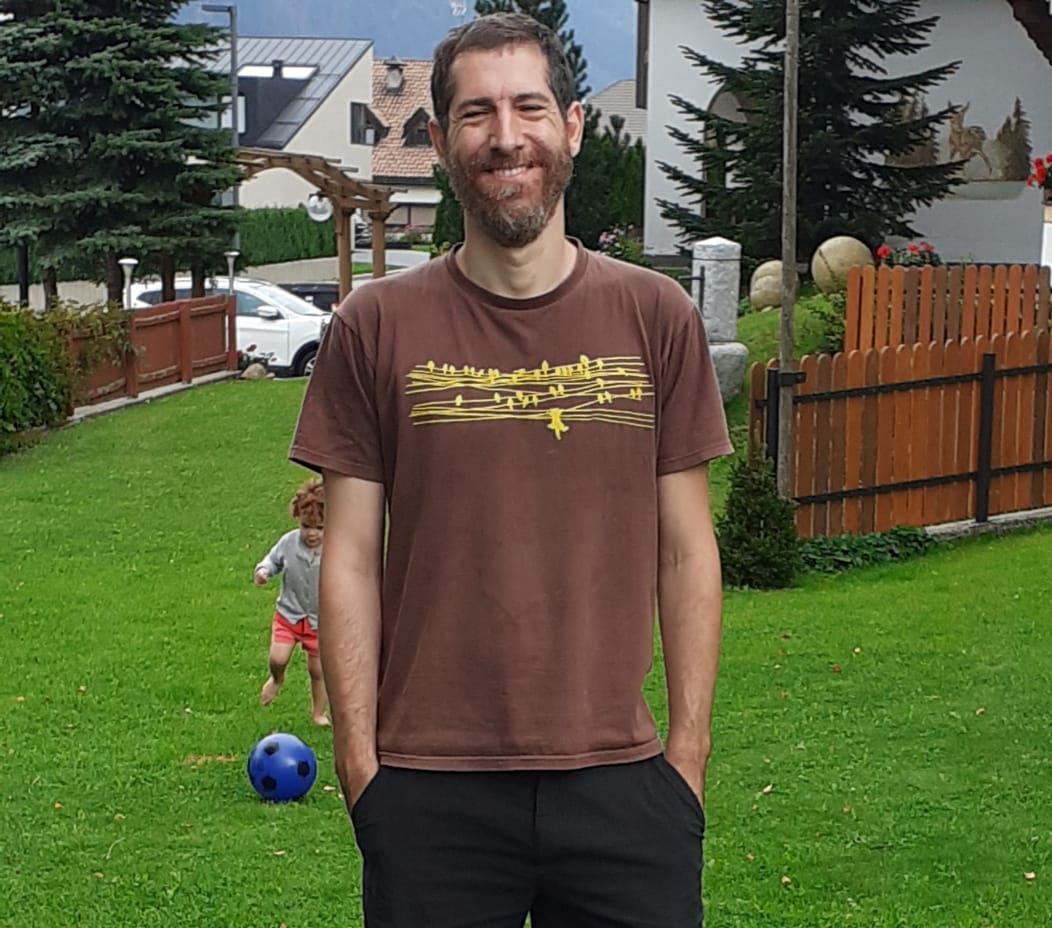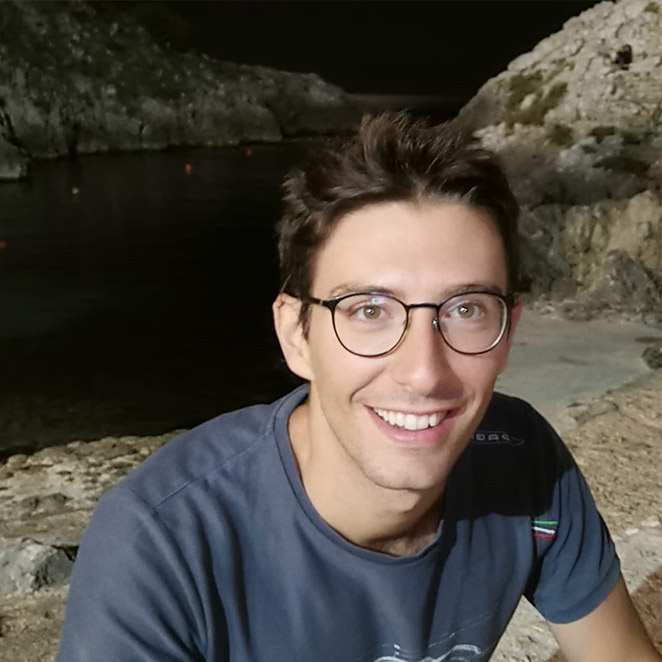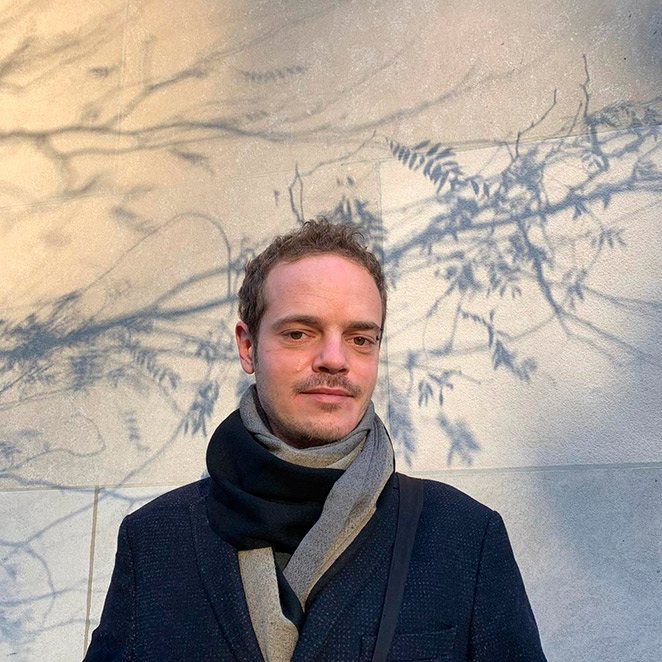ODE/IM correspondence
Description
The ODE/IM correspondence is a surprisingly rich research field that links quantum integrable models and affine opers. Research in this field began in 1998 with the discovery, made by Dorey and Tateo, that the point spectrum of the one-dimensional Schroedinger operator with anharmonic potential corresponds to the ground state solution of the Bethe Ansatz equations for the quantum KdV.
Since then, this research topic evolved into an ambitious program to establish a correspondence encompassing all quantum integrable models. There is indeed strong evidence for the existence of an overarching ODE/IM correspondence, which for integrable quantum field theories corresponds to the following conjecture:
Given an integrable quantum field theory, for every state of the theory, there exists a differential operator whose generalized monodromy data provide the corresponding solution of the Bethe Ansatz.
Goals
Our team is working on this conjecture, a long shot from the state-of-the-art, adopting two complementary approaches.
- We aim to find the full ODE/IM correspondence between generalized quantum KdV models, related to affine Kac-Moody algebras, and a class of differential operators (affine opers), related to the Langlands dual of the affine Kac-Moody algebra. This part of the project builds on previous works of Bazhanov-Lukyanov-Zamolodchikov (2003), Dorey-Dunning-Masoero-Suzuki-Tateo (2007), Feigin-Frenkel (2011), Sun (2012), Masoero-Raimondo-Valeri (2016, 2017), and Frenkel-Hernandez (2018).
- We study the ODE/IM from the point of view of classical differential geometry of surfaces embedded in metric spaces, and the corresponding integrable sigma models.
The ODE/IM correspondence for massive deformations of quantum KdV involves soliton equations such as the sinh-Gordon and affine Toda field theories known to describe specific embedding of surfaces — e.g. constant mean curvature surfaces — into higher-dimensional manifolds.
This perspective relates the physics of Wilson loops and gluon scattering in conformal field theories (CFT) to integrable systems, through the combined use of the AdS/CFT and the off-critical variant of ODE/IM correspondences, whose pivotal point is the mathematical description of embedded surfaces.
Results so far (December 2020)
Masoero and Raimondo explicitly constructed the opers, formally defined by Feigin and Frenkel in 2011, that should correspond to excited states of the generalized quantum KdV models (in the case that the algebra is the untwisted affinization of simply-laced Lie algebras)
Conti and Masoero studied the large quasi-momentum limit of the Schroedinger operators (with “monster potentials”) conjectured by Bazhanov-Lukyanov-Zamolodchikov to correspond to excited states in the KdV model. They proved that the number of “monster potentials” of a given degree N coincides with the state subspace dimension, at level N, of quantum KdV.
In a review paper, Negro and Tateo with Dorey and Dunning, built on the deep connection existing between soliton equations and the geometry of embedded surfaces –described by various researchers such as Lund, Regge, Pohlmeyer and Sym– and framed it in the AdS/CFT and ODE/IM setups. They clarified the connection, first found by Alday, Maldacena, Sever and Vieira, between Wilson loops and TBA for the homogeneous sine-Gordon, by describing minimal surfaces’ geometry in AdS_3 and associated to the modified sinh-Gordon equation.






